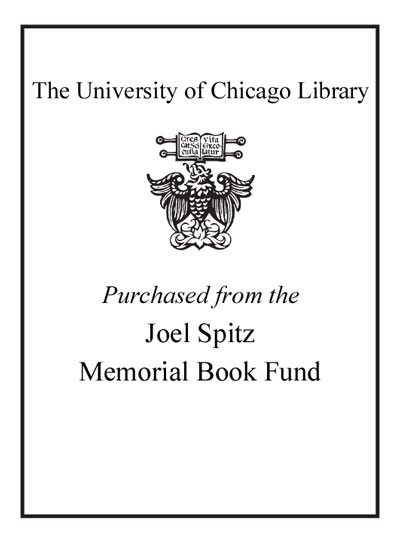The origin and early evolution of life /
Saved in:
| Author / Creator: | Fenchel, Tom. |
|---|---|
| Imprint: | Oxford ; New York : Oxford University Press, 2002. |
| Description: | viii, 171 p. : ill. (some col.) ; 24 cm. |
| Language: | English |
| Subject: | |
| Format: | Print Book |
| URL for this record: | http://pi.lib.uchicago.edu/1001/cat/bib/4853080 |
Table of Contents:
- Preface
- 1. Introduction
- 2. The geological time frame
- 3. Early ideas on the origin of life
- Spontaneous generation
- The Panspermia hypothesis
- The Oparin-Haldane hypothesis--the primordial soup
- Other models for prebiotic chemistry
- Coacervates
- 4. What is life?
- Equipment in a space probe--exobiology
- Life--chemical composition
- A couple of other properties of life
- Life--from the viewpoint of thermodynamics
- Autocatalytic cycles
- Life as replicators
- Structure and function of a bacterial cell
- 5. Origin of life
- The RNA world
- Origin of life--chance or necessity
- 6. From the RNA world to the first cell
- What are the problems?
- The nature of genetic information
- The cell membrane
- 7. The evolution of metabolism
- Energy metabolism in bacteria
- The earliest evolution of energy metabolism
- Some general considerations on assimilatory metabolism--the origin of carbohydrate catalysis and fermentation
- Syntrophy
- 8. The eukaryotic cell
- Properties of the eukaryotic cell
- The origin of the eukaryotic cell
- The origin of mitochondria and chloroplasts
- Models for evolution from symbionts to organelles
- 9. Multicellular organisms--origins as cell colonies
- 10. Sex, species concepts, and evolution
- Sex
- What is a species?
- Species concepts for microbes--evolution without sex
- 11. Our anaerobic inheritance
- 12. The molecular tree
- Principles, assumptions, and problems--the molecular clock
- The universal tree: archaebacteria, eubacteria, and eukaryotes
- The universal ancestor
- 13. Evidence from geology
- Earth's active surface
- Speculations on properties of the primordial atmosphere
- The nature of geological evidence for early life
- Precambrian fossils and Precambrian microbial communities
- Extant stromatolitic microbial mats
- The rise of atmospheric oxygen
- The development of biogeochemical cycling
- Precambrian glaciations
- The Gaia hypothesis as pseudo-science
- 14. Transitions during the evolution of life
- Further reading
- Glossary
- Index


